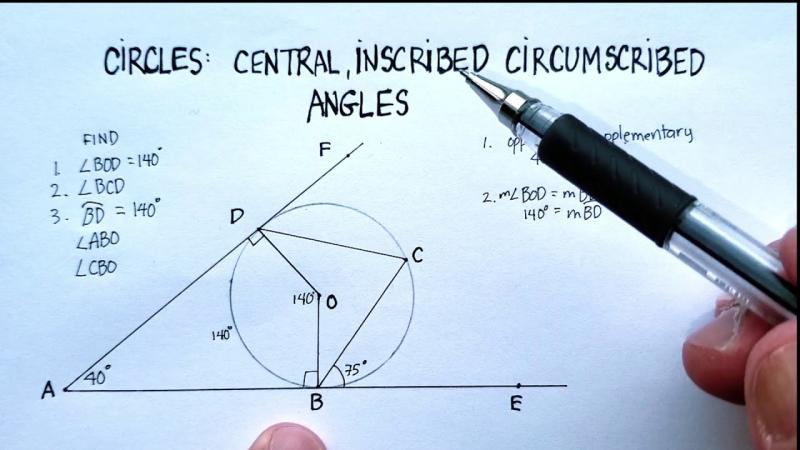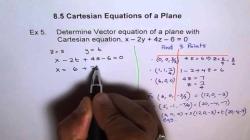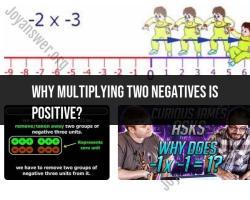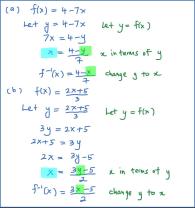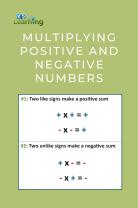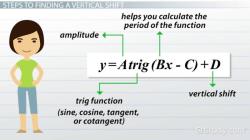What is the measure of the indicated central angle?
To determine the measure of a central angle, more information is needed. The measure of a central angle is directly related to the arc it subtends. The general relationship between the measure of a central angle and the measure of the arc it subtends in a circle is as follows:
The measure of the central angle is equal to the measure of the arc it subtends, and both are measured in degrees. If you have the measure of the arc, you can use it to find the measure of the central angle, and vice versa.
For example, if you are given that an arc measures 60 degrees, then the central angle subtended by that arc is also 60 degrees.
If you have a specific scenario or problem related to a central angle and arc, providing more details will allow for a more accurate answer.
Sure, here are the answers to your questions about central angles:
How to determine the measurement of a given central angle?
The measure of a central angle is the ratio of the arc length it intercepts to the circumference of the circle. In other words, if a central angle intercepts an arc that is s units long and the circle has a circumference of c units, then the measure of the central angle is cs×360∘.
What techniques are used to calculate the measure of central angles in geometry?
There are a few different techniques that can be used to calculate the measure of central angles in geometry. The most common technique is to use the formula above, but there are also a few other methods that can be used in certain situations.
Using the formula: The formula for calculating the measure of a central angle is cs×360∘, where s is the arc length and c is the circumference of the circle. This formula can be used to calculate the measure of any central angle, as long as you know the arc length and the circumference of the circle.
Using the properties of circles: There are a few properties of circles that can be used to calculate the measure of central angles. For example, the measure of an angle that intercepts a semicircle is always 180∘.
Using proportions: In some cases, it may be possible to use proportions to calculate the measure of a central angle. For example, if you know the ratio of the arc length to the circumference of the circle, you can use that ratio to calculate the measure of the central angle.
Are there specific formulas or theorems to ascertain central angle measurements?
Yes, there are a few specific formulas and theorems that can be used to ascertain central angle measurements. The most common formula is the one given above, but there are also a few other formulas that can be used in certain situations.
The formula for calculating the measure of a central angle:cs×360∘
The arc length formula:s=rθ, where s is the arc length, r is the radius of the circle, and θ is the measure of the central angle in radians.
The circumference formula:c=2πr, where c is the circumference of the circle and r is the radius of the circle.
The Inscribed Angle Theorem: The measure of an inscribed angle is half the measure of its intercepted arc.
These are just a few of the many formulas and theorems that can be used to ascertain central angle measurements. The specific formulas and theorems that you use will depend on the specific situation.
I hope this helps!
